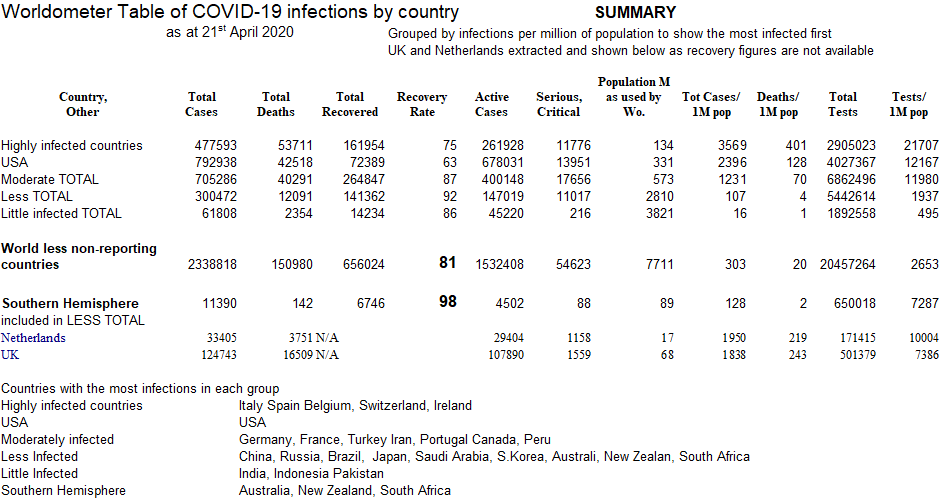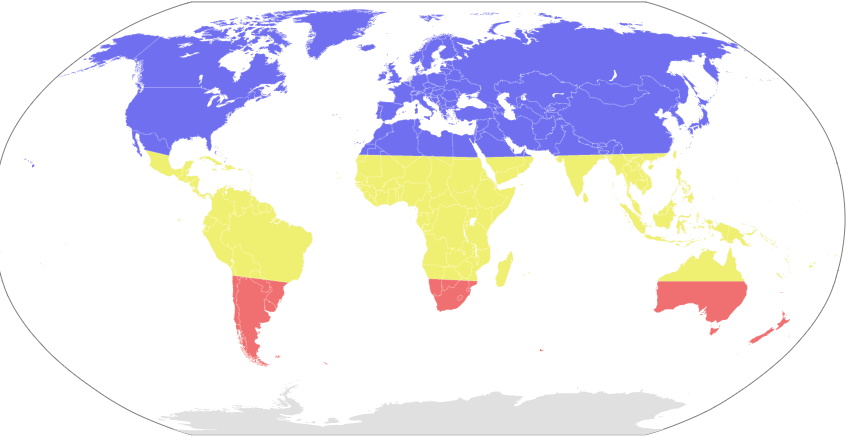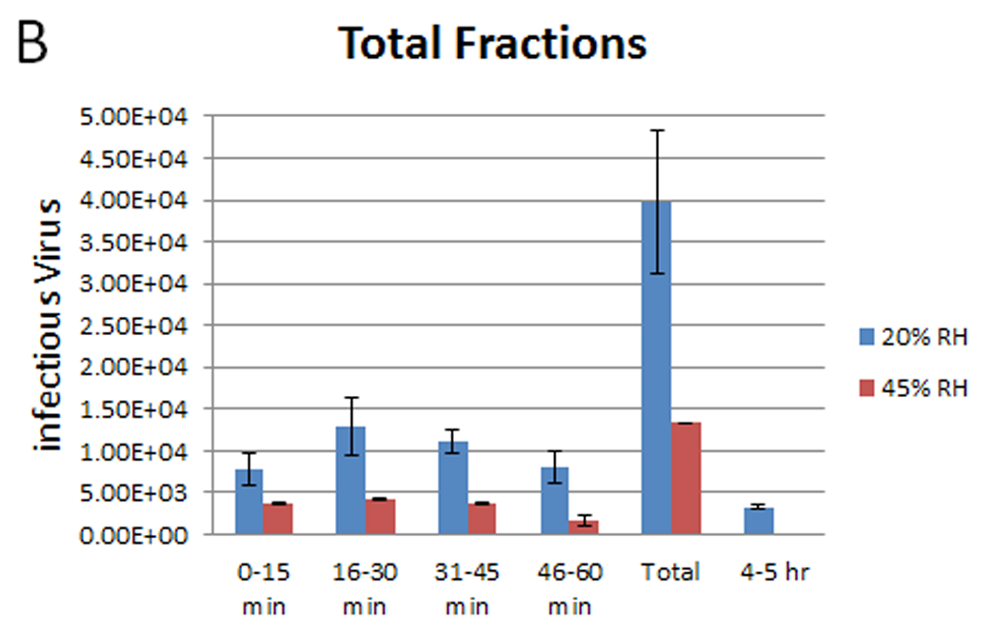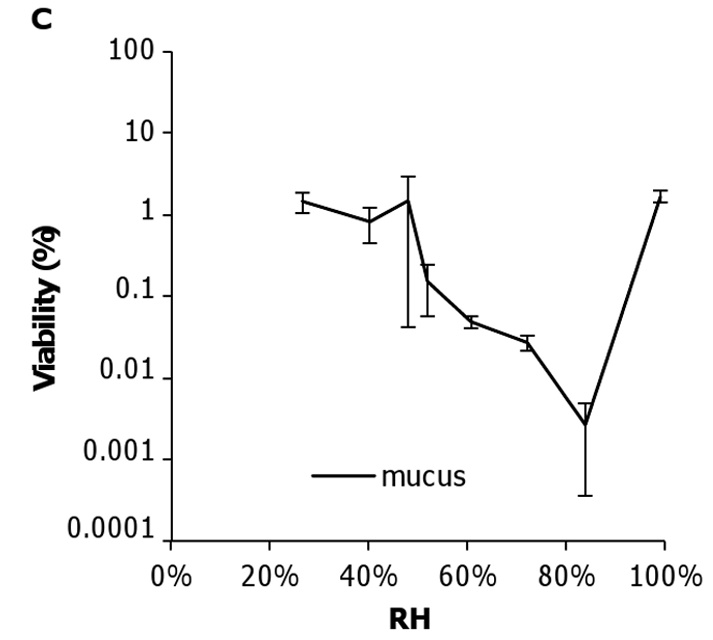
Stating the Obvious and Saving Lives
Conclusion
It is obvious that influenza occurs more in the Winter. I will show that the same is true for COVID-19. It is therefore clear that if Summer conditions can be partly reproduced in Winter lives will be saved. The Summer condition I will explore is higher relative humidity. This must be raised in our corona and influenza wards to above 50%. As current UK NHS guidelines do not include humidity control in healthcare premises on grounds of cost(1) this will be an expensive transition. The higher the humidity the better the result, up to 90%! Is it possible the German hospitals are already equipped to raise relative humidity to higher levels?
In addition good ventilation, vitamin D deficiency, UV light and saline treatment may play a part. As immunization or treatment will be delayed it is essential that the best recovery environment is available worldwide to save lives.
Introduction
To establish the need for humidity control for COVID-19 I need to prove COVID-19 is similar to influenza in the way it spreads and in the way it responds to treatment. I also must show that influenza responds to relative humidity in its transmission and replication.
Transmission of Covid-19
The transmission has been recorded by Worldometers.info daily since the outbreak for every country involved. This data was extracted on 20th April 2020 and sorted in a ranking by size of the infection per million of the population of the country. The results were then summarized into groups of the Most Infected, USA, Moderately Infected, Less Infected and Little Infected. The table below is the result.(2)

Firstly, in terms of catching COVID-19, 3569 cases per million population have been infected in Northern Europe compared with 303 per million over the whole world and only 89 in the Southern Hemisphere. There are other factors such as date of the first cases, strain of virus, ethnicity etc. but Summer versus Winter looks very significant. The distribution of influenza is similar, infecting people seasonally in two bands across the temperate regions of each hemisphere.
The influenza virus infects 128,000 each year in South Africa and kills 11,000.
In Australia 2019 was a peak year, infecting 313000, starting earlier and peaking in July(3). Death total is not yet available but is over 1200.
T he
regions used by WHO are shown here (4) but epidemics cross
boundaries. A more detailed study is needed to show how death rates
are affected by humidity as influenza deaths are not well recorded in
every country.
he
regions used by WHO are shown here (4) but epidemics cross
boundaries. A more detailed study is needed to show how death rates
are affected by humidity as influenza deaths are not well recorded in
every country.
Scientific Evidence
Wikipedia states:-
...cold temperatures lead to drier air, which may dehydrate mucus particles. Dry particles are lighter and can thus remain airborne for a longer period. The virus also survives longer on surfaces at colder temperatures and aerosol transmission of the virus is highest in cold environments (less than 5 °C) with low relative humidity.[180] The lower air humidity in winter seems to be the main cause of seasonal influenza transmission in temperate regions.[181][182]

The commonly used general recommendation to maintain humidity between 40% and 60% is illustrated in the diagram taken from the often quoted Overview by Yontz (5). However it also shows that respiratory infections benefit from higher humidities. Later publications claim that the flu virus is inhibited increasingly as humidity rises even further.
John D. Noti's paper studying coughs and moderate humidity (6) concludes
After coughing the influenza virus retains maximum infectivity at low relative humidity, but inactivation of the virus at higher relative humidity occurs rapidly. Maintaining indoor relative humidity >40% will significantly reduce the infectivity of aerosolized virus.
The table below shows how the presence of the virus in the air is reduced twice as fast in 45% humidity compared with 20% humidity. It has gone completely in 5 hours. This would make a dramatic difference in many hospital and domestic environments.

It also appears that when humidity is further increased a greater effect can be achieved.
Yang and Marr came to a similar conclusion in 2011 and showed that at 90% humidity 28% of viruses could be removed in 10 minutes (7).
F urther
studies using human mucus confirmed this and added that a salt
solution increased the effect (8).
urther
studies using human mucus confirmed this and added that a salt
solution increased the effect (8).
Could gargling with a salt solution achieve results after the initial infection or as a precaution?
Other factors need to be explored in addition to relative humidity levels. Backer suggests that irradiences are higher in Summer and in tropical latitudes (9) and could reduce mortality. He has not confirmed this in the laboratory with UV light so it would take time to gain this benefit in the real world.
Chinese researchers monitored the presence of airborne SARS-CoV-2 RNA at two hospitals in Wuhan, China, both of which were treating COVID-19 patients. They observed that, in general, more ventilated hospital areas had a low concentration of aerosols.
Prabowo Raharusuna found Majority of the COVID-19 cases with insufficient and deficient Vitamin D status died(10).
It is to be hoped that the public will take as many of these precautions as they can until the truth is clearer. They may all save some lives.
Malcolm Crocker and friends 30/04/2020
References
Heating and ventilation systems, Health Technical Memorandum, 03-01: Specialised ventilation for healthcare premises – NHS Nov 2007
Worldometers 20/04/2020 country table sorted
Australian Health Service
By BlankMap-World6.svg: Canuckguy (talk) and many others (see File history)derivative work: Ninjatacoshell (talk) - BlankMap-World6.svg, CC BY-SA 3.0, https://commons.wikimedia.org/w/index.php?curid=17629411
@inproceedings{Yontz2003ANOO, title={AN OVERVIEW OF INDOOR AIR QUALITY By :}, author={Raymond Reese Yontz}, year={2003} }
Noti JD, Blachere FM, McMillen CM, Lindsley WG, Kashon ML, Slaughter DR, et al. (2013) High Humidity Leads to Loss of Infectious Influenza Virus from Simulated Coughs. PLoS ONE 8(2): e57485. https://doi.org/10.1371/journal.pone.0057485
Yang W, Marr LC (2011) Dynamics of Airborne Influenza A Viruses Indoors and Dependence on Humidity. PLoS ONE 6(6): e21481. https://doi.org/10.1371/journal.pone.0021481
Yang W, Elankumaran S, Marr LC (2012) Relationship between Humidity and Influenza A Viability in Droplets and Implications for Influenza’s Seasonality. PLoS ONE 7(10): e46789. https://doi.org/10.1371/journal.pone.0046789
Alex Baker COVID-19 confirmed case fatality rate, morbidity and mortality are lower at higher irradiances
Patterns of COVID-19 Mortality and Vitamin D: An Indonesian Study Prabowo Raharusuna*, Sadiah Priambada, Cahni Budiarti, Erdie Agung, Cipta Budi